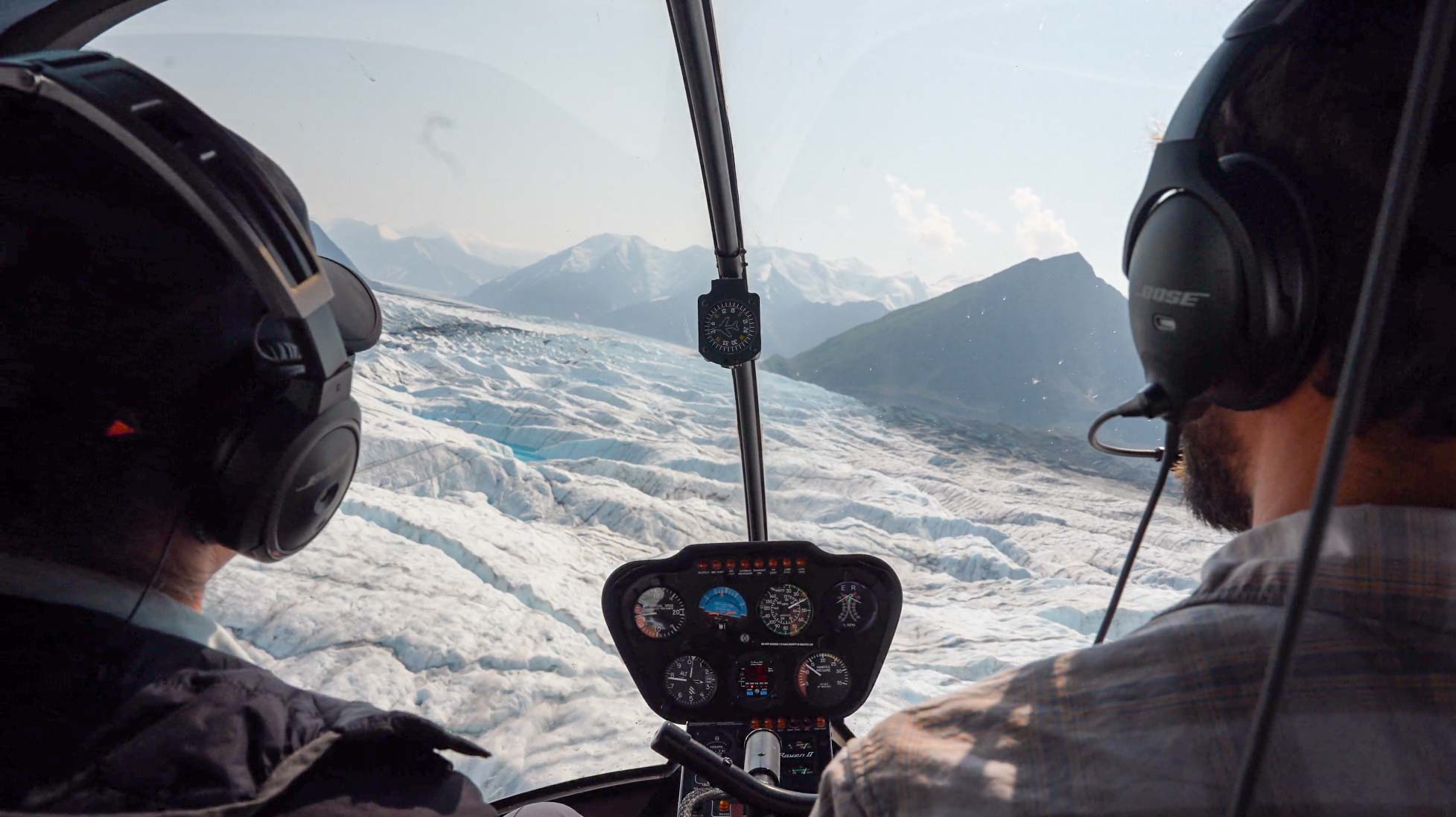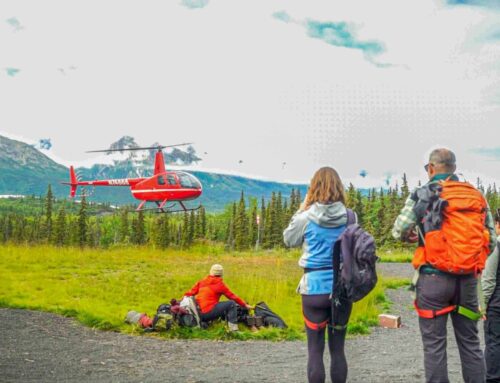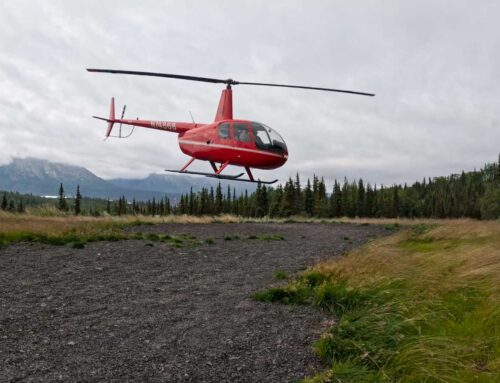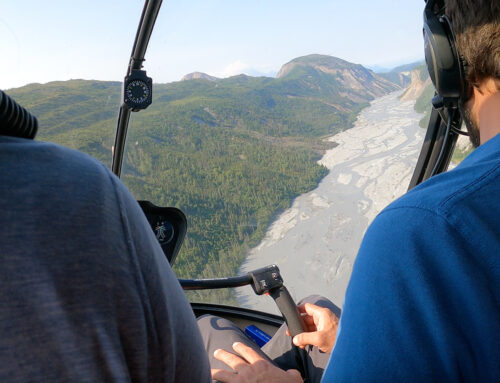Aerodynamics of Helicopters
Today, when it comes to traveling by air thermals, we can experience and learn about many different modes of transportation. From airplanes, to hot air balloons, to your favorite UFO story, aerial travel has progressed over the years for various reasons. Many of the aircrafts we use for travel and luxury experiences today come from the ideas of early innovators. As humanity expanded, explored, and went to war, engineers and their respective counterparts were able to create a new way to travel; an aircraft that could move in any direction, the helicopter.
Origins
At the turn of the 1900s we can start to see trends of inventors and visionaries creating models and different concepts for how to achieve lift. People from different countries started to create and influence the evolution of this engineering. This continued onward through the 20’s and 30’s.
Increased interest in flight was partially due to the pressure of war and famine at the time. People saw taking flight as a passage way out of these problems. Simultaneously, myths and lore spoke of being closer to the gods once man could achieve flight. The sky was the limit, and the unknown variable for many looking to succeed.
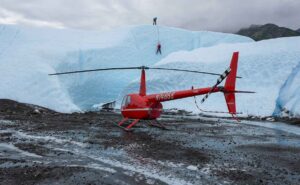
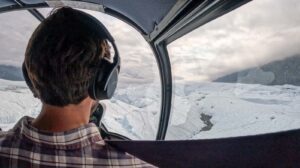
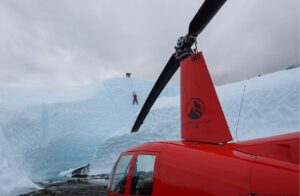
Mechanics
While bicyclist like the Wright Brothers and Paul Cornu, applied their knowledge to achieve up and down lift, many others were starting to use rotary wings to achieve this in a different way. Rotary-wing aircrafts came about during WWII. These were aircrafts that used an airfoil that rotated on a horizontal plane. Once these aircrafts could achieve lift primarily through rotary-wings, this idea grew into a more well-developed concept of a practical helicopter.
First, there were some documented short flights with small engines that incorporated the rotary-wing. It wasn’t until after progressing from these autogyros that Igor Sikorsky was credited with the first practical helicopter flight in 1939. This flight took place in Stratford, Connecticut with a VS-300. (Connecticut History)
Helicopters Today
Since Igor took that first flight, helicopters have come a long way. After being able to achieve the principles necessary for flight; weight, thrust, drag, and lift, helicopters offer the ability to hover and move fluidly in any direction. With this advantage, helicopters are modernly used in a variety of applications.
Some modern day uses; dropping resource supplies, rescue flights, recreational tours and accommodations, trainings, military applications, and much more. Additionally, they are excellent for being able to access hard to reach areas and remote locations.Helicopters work well both in luxury settings and practical uses. We can be thankful for this engineering and all those who pioneered before us so that we can better navigate and travel today.

